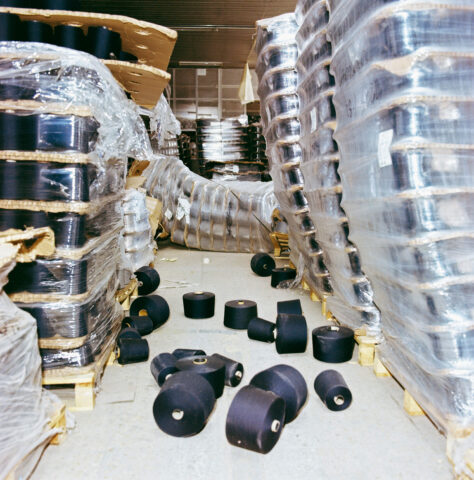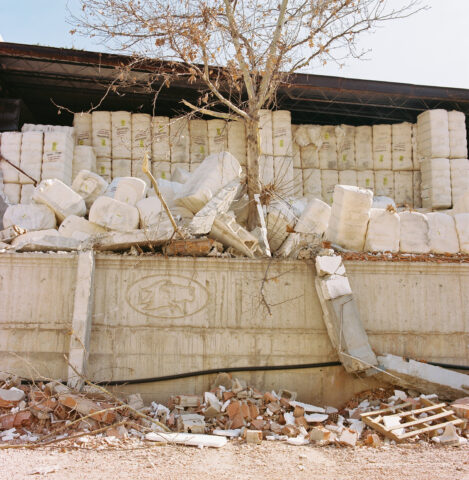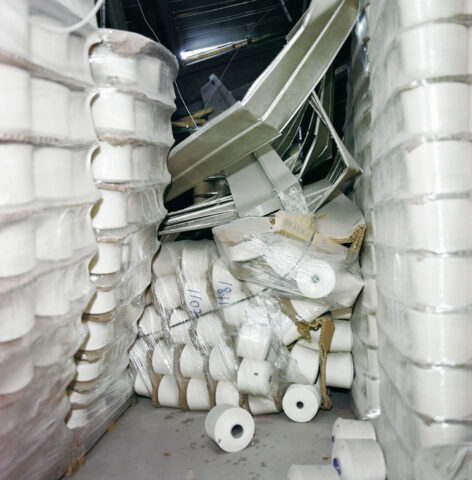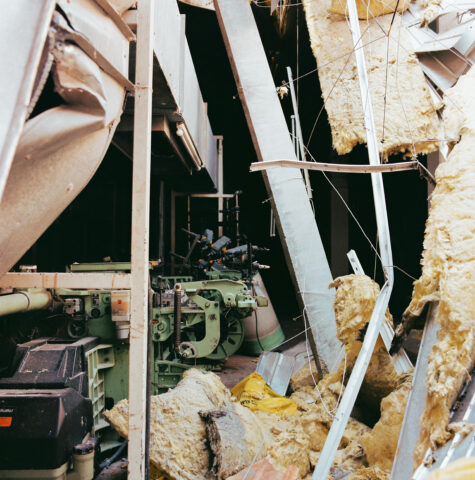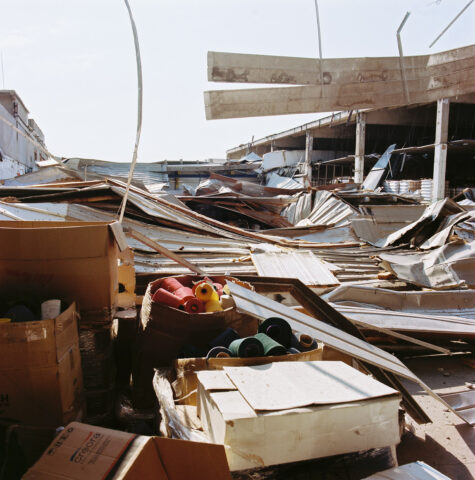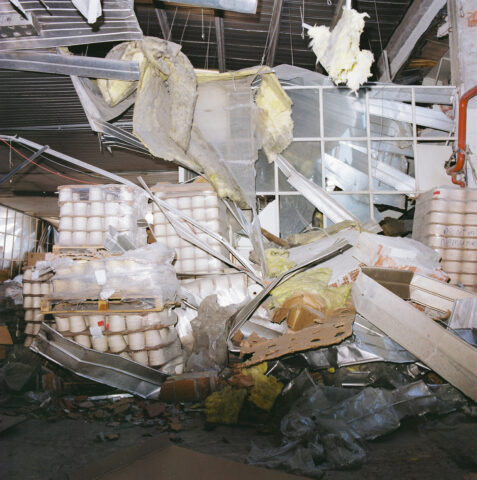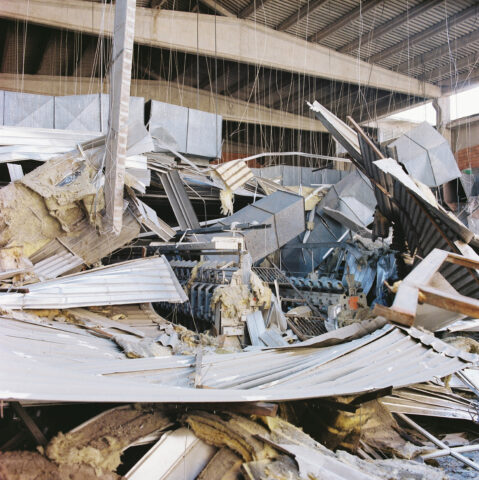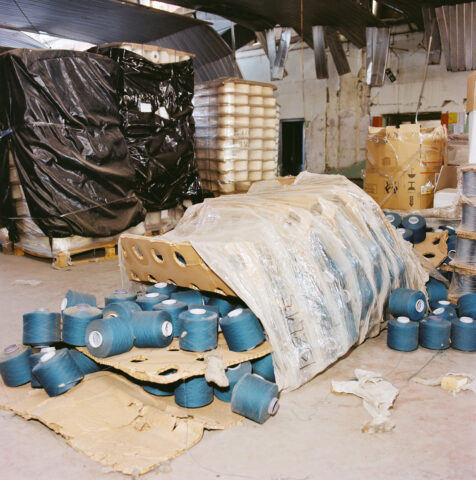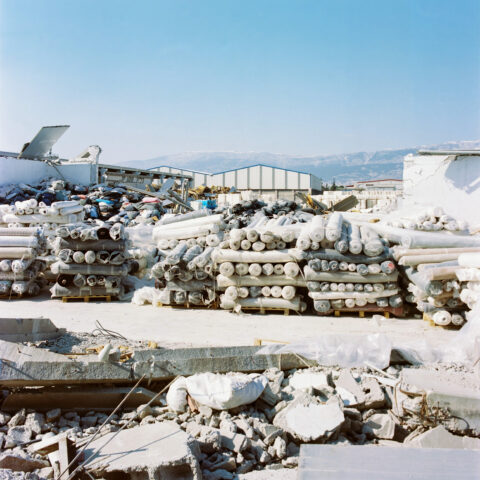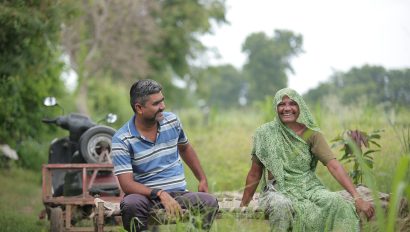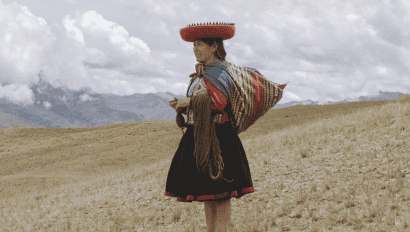Rebuilding from the Rubble in Kahramanmaraş and the Surrounding Region, Turkey
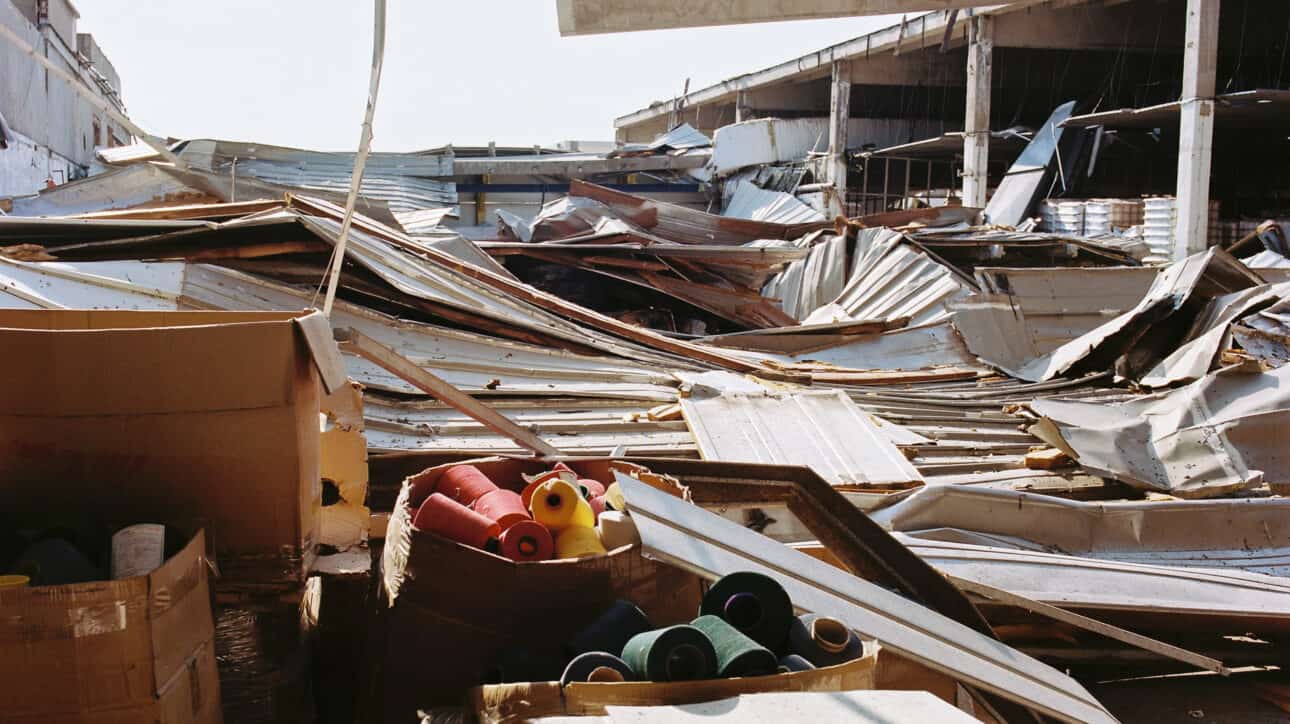
Textile Exchange stands in wholehearted solidarity with those affected by the two devastating earthquakes that took place in Turkey and Syria on February 6, 2023.
The impacts of such an event are endured long after the headlines go quiet. To gain insight into the evolving challenges faced as they rebuild and recuperate, we spoke with Kipaş Textiles, a textile manufacturing company, and TGSD (Turkish Clothing Manufacturers Association), an NGO that supports the sector.
Content warning: this article contains upsetting themes.
IN CONVERSATION WITH
Kipaş Textiles
Based in Kahramanmaraş, Turkey, Kipaş Textiles is home to around 6,500 employees. It has a production capacity of 80 million meters of fabric per year and 330 tons of yarn per day, making it Turkey and Europe’s largest integrated manufacturer of yarn and fabric.
How were you affected by the tragic earthquakes across Turkey and Syria?
Tens of thousands of people were killed when the earthquakes struck. People are leaving the cities and moving to other cities where they have families. We’re getting help from Turkish individuals, companies, NGOs, foreign help and, of course, the government to provide shelter to those who have no homes, but this is a slow process. So we may be unable to pick up the pieces until the end of the year.
The south of Turkey is a hub for fashion and textile production. Can you describe what the textile industry is like in your area, before and in the aftermath of the recent events?
Our region is the main manufacturing hub for cotton staple yarn, as well as knitted and woven fabrics, especially denim. After the terrible disaster, all factories were seriously affected and supply was interrupted for a long time.
What are your biggest challenges at present?
Currently our main challenge is having enough labor force to run our factories. The main difficulty behind this problem is there is a very serious housing problem that most people face.
How are you starting to rebuild after the damage? What will that journey look like?
Kipaş Textiles has been able to rally together, restarting some of its spinning and weaving facilities to churn out the tent fabrics that are currently in short supply. Our aim was to recover roughly 70 percent of our spinning capacity by the end of March, and as denim production units weren’t seriously affected, to hit full capacity on those lines in April.
Non-denim is a slightly different story, but the manufacturer is slowly working its way up as well. Of course, a lot hinges on the workers. While Kipaş Textiles is down to 50 percent of its workforce, it’s hopeful that it can coax more to return when more housing is in place.
How do you feel that the industry can best support you?
The industry has responded in a very responsible and friendly manner. We have had support from our customers, suppliers, and competitors. We ask the industry to have patience with orders and to not lose trust in our textile manfacturing community.
PHOTOGRAPHY
Sabiha Çimen
Magnum Photographer Sabiha Çimen visited the Kipaş Textiles production facilities in Kahramanmaraş, Turkey, to capture a series of film images that show the after effects and extent of the damage sustained.
IN CONVERSATION WITH
TGSD
TGSD (Turkish Clothing Manufacturers Association) is an NGO, established in 1976 to guide the Turkish ready-made clothing industry toward innovation, sustainability, and consistent quality.
How were you affected by the tragic earthquakes across Turkey and Syria?
Devastation and sorrow have been common responses for everybody in the country. After the first shock of the trauma, all parties have started help for recovery.
The south of Turkey is a hub for fashion and textile production. Can you describe what the textile industry is like in your area, before and in the aftermath of the recent events?
The cities affected from the earthquakes make up 9.8 percent of the gross national product, and 16.4 percent of the country’s population lives in the eleven cities hit by earthquakes.
As one of the main production districts, our region generates 2.5 percent of the Turkish apparel export and 33 percent of the Turkish textile export volume.
There has been major damage to the workforce, which has affected the working environment. Fortunately, capacity utilization in textile and apparel manufacturing was low before the earthquake, which meant that companies could relocate fabric orders and manufacturing to other districts, which was a fast solution for the ongoing orders placed.
The government issued immediate regulations to support businesses, such as finance and exceptions or delays for their liabilities.
What are your biggest challenges at present?
The construction of basic living standards and infrastructure in cities to prevent migration from the district.
How are you starting to rebuild after the damage? What will that journey look like?
Immediately after the rescue operations were over, the government, NGOs, and all citizens of Turkey were acting to help survivors recover. There are also projects for constructing container towns as well as other accommodation solutions.
After evaluating the damage, we have decided to focus on supporting Adıyaman city, which is one of the worst-affected locations and an important zone for knitwear manufacturing.
In the two weeks following the earthquake, we made an agreement with the Organized Industrial Zone which meant that we could reserve an area for our rehousing project. The land – covering 22,000 meters next to factories – has been allocated infrastructure for electricity, water, and sewage. We made sure that the residential area had a health center and a nursery nearby, with humane living conditions beyond the basic need for shelter.
Thanks to financial donations from suppliers, customers, and other stakeholders, we have established a 308-unit container city with basic furnishings inside. Food is cooked and served in the district.
As of today, all the units are filled with families of four or more. A new life has begun for more than 1200 people who survived the earthquakes.
Our aim is to re-establish the economy so that the wounds and sorrow can heal, and for living standards to be kept at a decent level until permanent housing becomes available.
How do you feel that the industry can best support you?
We need to have continuous and predictable orders placed with the Turkish market, so that reinvestment can be planned for the industry.
In Istanbul, we had two meetings with agencies and global brand representatives to keep them up to date while we built the container city. We emphasized the importance of predictable orders and future business forecasting to ensure the continued improvement of the region’s workplaces in the mid and long-term. Our goal is to revive the region’s institutions without losing their qualified workforce to migration.
Next month, we will be visiting the earthquake district with them to share updated information and to support our demand for new and predictable order placements.
Responsibility does not end with donations. As damaged factories are rebuilt, the need for orders will be even more pressing than donations. In times like these, suppliers and buyers must stand in solidarity with one another and support those who are suffering. We continue to keep the earthquake-affected areas in our thoughts and find ways to support the community in the long run.
Thank you to Kipaş Textiles and TGSD for sharing their stories with us from the ground.
As an industry, it’s vital that we continue to show support to the textile industry in the affected areas throughout their entire journey to recovery.
